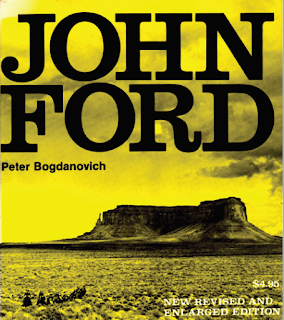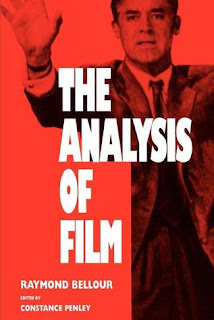"Howard Hawks", Robin Wood

Howard Hawks (1896-1977) was an American filmmaker and one of the most important of the Golden Age of Hollywood. His career went since the silent period to the early 70s, and in it he made some of the best films in each genre, as Bringing Up Baby (comedy), Only Angels Have Wings (drama), Air Force (war movie), Rio Bravo (western), Scarface (gangster film), Gentlemen Prefer Blondes (musical) and The Big Sleep ( film noir ). In his films, nothing is more important than the friendship between two men and the professionalism with which they carry their work. They are films made with great camera modesty, filmed essentially at the eye level, and with outstanding efficiency in the narrative, unified in spatial and temporal terms. None of his characters make explicit their feelings, and it is by their behaviors that the audience perceives the relationships they establish between them (e.g., when Bogart throws his matches to Bacall in To Have and Have Not ). If Hawks invested so m





